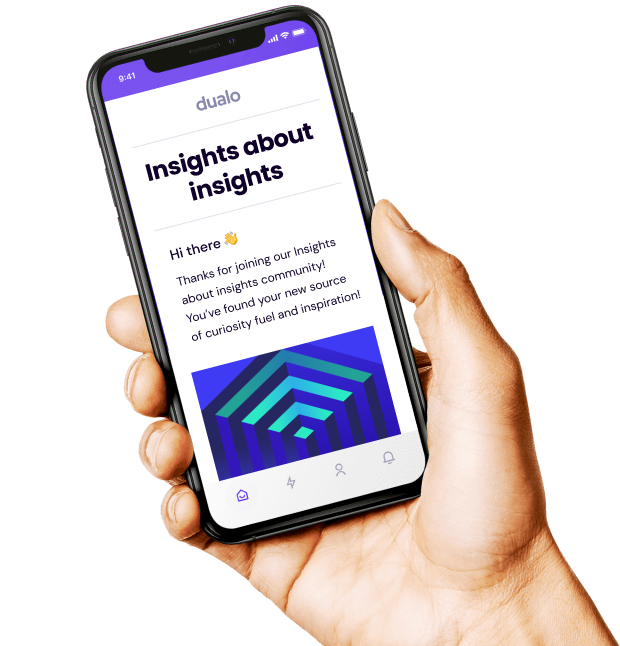Choosing the right teammates to help build your insights hub
In this post we look at how choosing the right starting team to build an insights hub for your existing research is critical to success. We’ll cover the importance of thinking big but starting small, the different types of users for an insights hub, and the roles you’ll want to bear in mind when assembling your starting team.







.svg)

.jpeg)

.jpeg)
.jpeg)

